The Flag(s) of Guatemala
“That flag is a symbol we attach our emotions to, but it isn’t the emotion itself and it isn’t the thing we really care about. Sometimes we don’t even realize what we really care about, because we get so distracted by the symbols.”
—Tom Wolfe, The Electric Kool-Aid Acid Test
Though flags represent the values of that country, freedom, vigilance, perseverance, justice, peace, prosperity, patriotism — these are ideals, the ultimate object or aim of endeavor, especially of high or noble intentions.
But it’s not the flag of a country, it’s the people of a nation, the leaders of a country who determine the destiny of those who live under its banner.
Every country has a specific flag as its national symbol. Flags were flown in the 18th century “proclaim a possession” and “proclaim sovereignty.”
Currently, there are 193 nations worldwide that are part of the United Nations, with two countries that are observer states, Palestine and the Holy See. This number does not count separatist movements and unrecognized states. There are about 205 sovereign nations. They all have their own flags.
The history of a country is reflected in its flag. In Guatemala, multiple flags represented hundreds of years of Maya, Spanish and Guatemalan culture.
Central American states declared independence from Spain on 15 September 1821. In 1823 Central American states (Guatemala, El Salvador, Honduras, Nicaragua, and Costa Rica) had been ruled by Mexico.
Flag of the First Mexican Empire designed by Agustin Iturbide was the de facto flag for the region.
These Central American provinces united in a federation in 1823. As part of the league, the flag of the United Provinces of Central America is the de facto flag for the region.
Not surprisingly ideological differences between the states of the Central American provinces started disintegrating. To reflect its independent aspirations, Guatemala flew its own flag from 1838 to 1843. It included five volcanoes, a rising sun, the cap of liberty and an arrow.
The newly-independent Guatemala hoisted a new flag on November 14, 1843, which included five volcanoes, a rising sun and bay laurel branches.
In 1851 the pro-Spanish group took over the government of Guatemala and once again the flag was modified to reflect the Spanish colors of red and yellow. This flag was flown until 1858.
The Federal Republic of Central America flag was used in Guatemala until 1851 when a pro-Spanish faction took over and added the Spanish colors of red and yellow to the flag.
In 1858 yet another flag was unveiled.
The original colors were restored on August 17, 1871, but as vertical, rather than horizontal, stripes so to distinguish it from other flags as well as adding a new coat of arms. Minor changes were made on September 15, 1968, and again on December 26, 1997.
The current flag features two background colors: sky blue and white. The blue represents the Pacific and Atlantic oceans which Guatemala lies between, as well as the sky over the country. The white represents peace. The national emblem is a wreath of bay laurel branches, the Resplendent Quetzal, a scroll that says LIBERTAD 15 DE SEPTIEMBRE DE 1821, and two crossed Remington rifles and two crossed swords. It is interesting to note that Guatemala is one of only three United Nations (UN) member states to feature guns on its flag. The others are Mozambique and Haiti.
When used for civil purposes, the flag should not contain the national emblem of Guatemala.
In 2008, Bandera de Los Pueblos (Flag of indigenous peoples) was adopted by law. Though it was not without controversy, it flies coupled with the national flag of Guatemala at all events with the President of the Republic in attendance. The flag is divided into four parts, red, yellow, white and black, intending each color to represent the Xinca, Garifuna, Maya, and Ladino people, respectively. It is also a reference to the four cardinal directions of the globe. The centerpiece is the Maya astronomical symbol Q’anil depicting creation, beginnings, new growth. Q’anil is the day of the Seed that was planted to begin life in the universe. (Kaqchikel).
On April 15, 2018, the Guatemalan public voted to refer the long-standing border dispute with Belize to the United Nations. If successful, more than half of Belize’s landmass would revert to Guatemala.
However, Belize needs to hold its own referendum before the UN weighs in, so it is not likely that possible border changes will happen any time soon.
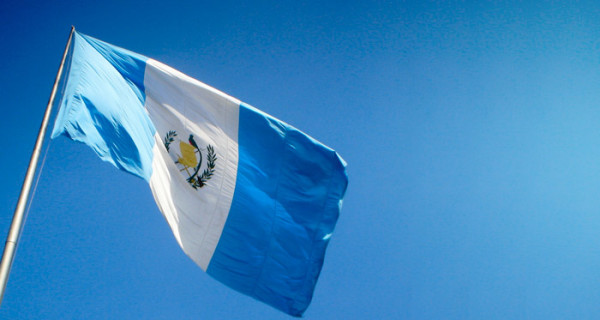
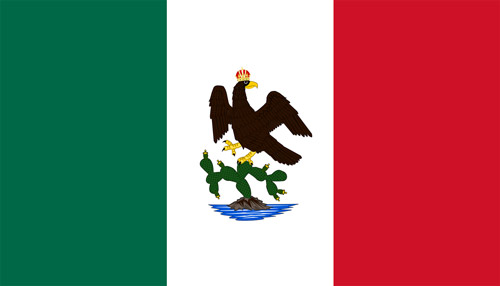
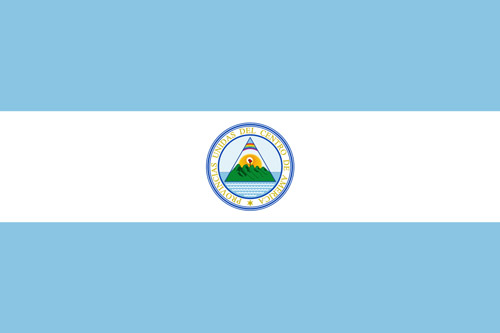
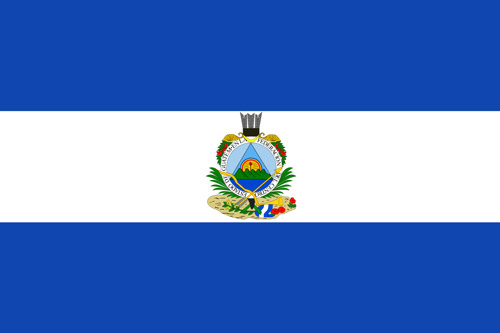
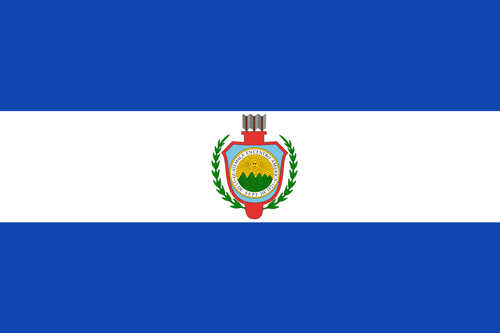
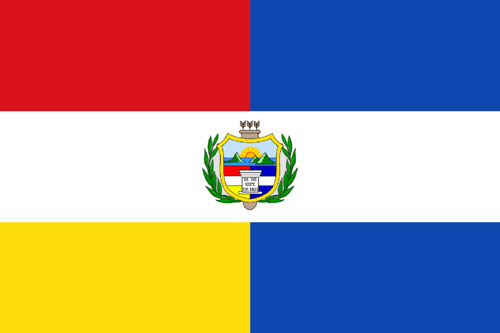
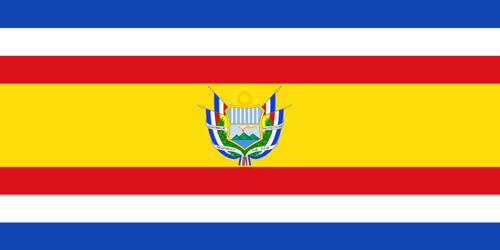
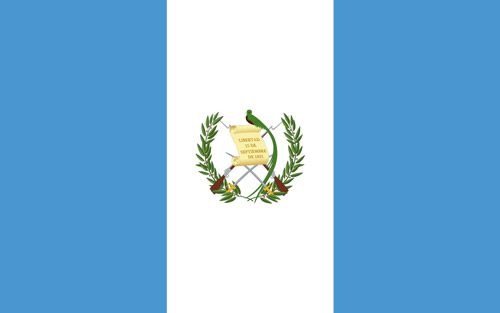
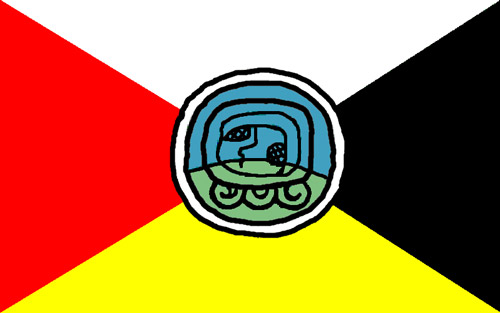
Hi, I like the publication but there are some missing details about the Guatemalan flag. There used to be another flag known as Los Altos due to the region of Los Altos wanting to secede from Guatemala. Los Altos is today the western part of the country where the city of Quetzaltenango (Xela) lies. This was to be the capital of this new state. Today this flag is still used in Xela and is similar to the French tri-colour. The difference is that is horizontal rather than vertical.